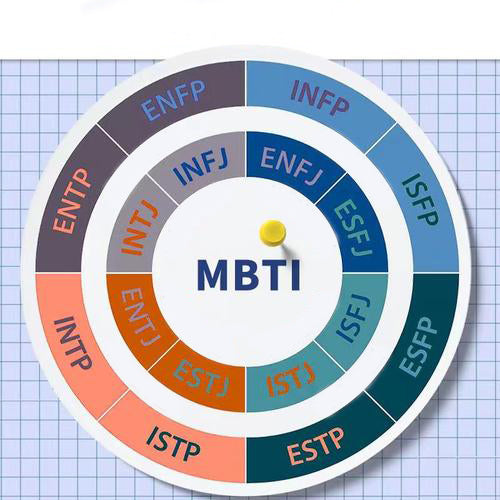
The MBTI (Myers-Briggs Type Indicator)
Share
The MBTI (Myers-Briggs Type Indicator) personality type indicator is a model for classifying personalities, which describes different personality types through the different combinations of four dimensions represented by eight letters. The specific meanings of each letter are as follows:

E (Extraversion) vs I (Introversion): Extraverted (E) personalities prefer to interact with the outside world, enjoying socializing, communicating with others, and external stimuli; introverted (I) personalities, on the other hand, prefer to interact with their inner world, enjoying solitude, reflection, and internal thinking.
S (Sensing) vs N (Intuition): Sensing (S) personalities tend to focus on realistic details and concrete facts; intuitive (N) personalities, however, tend to focus on patterns, abstract concepts, and future possibilities.
T (Thinking) vs F (Feeling): Thinking (T) personalities prefer to rely on logic and objectivity; feeling (F) personalities, on the other hand, prefer to rely on personal values and emotional needs.
J (Judging) vs P (Perceiving): Judging (J) personalities prefer structure and organization, enjoying making and sticking to plans; perceiving (P) personalities, however, prefer flexibility and openness, preferring a more spontaneous way of life.

By combining these four dimensions, the MBTI constructs 16 different personality types, such as ISTJ (The Logistician), ISFJ (The Protector), INFJ (The Advocate), INTJ (The Architect), etc., each represented by a four-letter abbreviation. However, it's important to note that the MBTI is just a classification tool and cannot fully define a person, as human personality and behavior are complex and multifaceted.